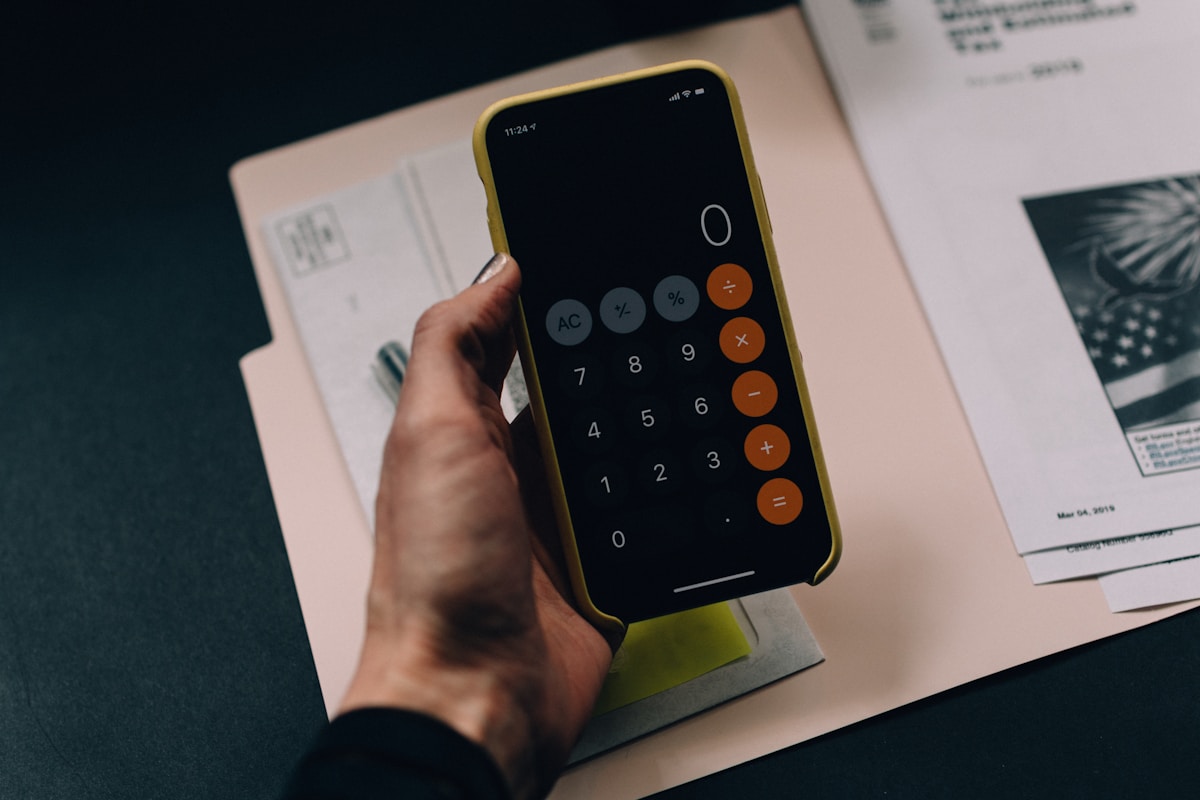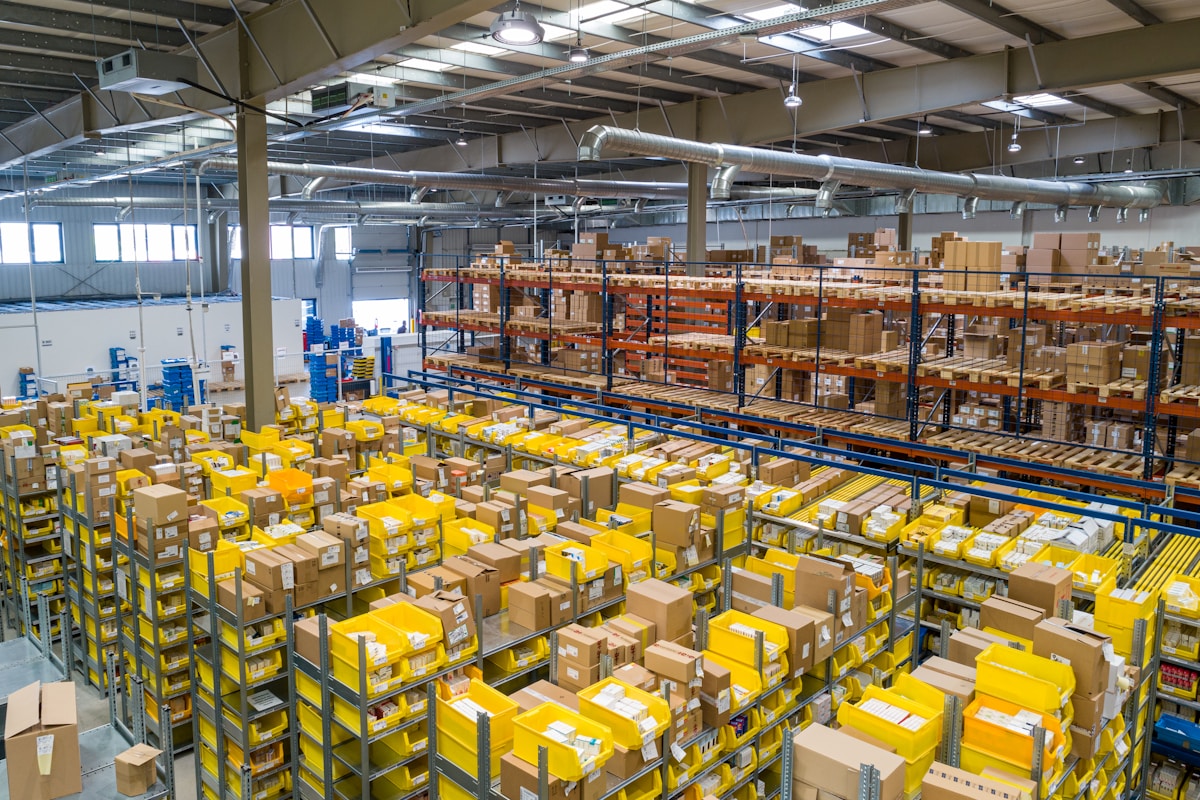How to Reduce Dropshipping Shipping Costs Without Slowing Fulfillment

How to Reduce Dropshipping Shipping Costs Without Slowing Fulfillment
You're running ads, getting sales, and watching revenue climb. Then you check your actual profit and realize dropshipping shipping costs ate half of it. One dropshipper recently shared their numbers: 1,000 orders, $46,000 in sales, but only $10,800 in net profit. The culprit? $8,700 in shipping costs and $6,000 in handling and customs fees. That's $14,700—nearly 32% of revenue—gone before they could bank a dollar. This is the silent profit killer that scales alongside your business. The more you sell, the more you bleed. Unless you actively manage dropshipping shipping costs, your margins will shrink as you grow.
The Real Cost Breakdown: Shipping, Handling, and Hidden Fees
Shipping costs in dropshipping aren't just the carrier fee. There are multiple layers that add up fast, and most of them aren't visible until you've already committed to the sale.
Base shipping rates are what carriers charge to move packages from Point A to Point B. For domestic US shipping, expect $4-$8 for standard items under 1 pound. International shipping starts at $12-$20 and climbs quickly with weight and distance. These rates increase 5-10% annually, and carriers add peak season surcharges during Q4 (typically $1-$3 per package from October through January).
Handling fees come from your supplier. They charge $1-$3 per order to pick, pack, and prepare shipments. Some suppliers bundle this into their product cost, but others list it separately. If you're working with multiple suppliers, you might pay handling fees on every single item in a multi-product order instead of once per order. This is why finding reliable suppliers with transparent pricing is crucial for maintaining healthy margins.
Customs and duties apply to international orders. If you're shipping from China to the US or Europe, customs fees range from 0-25% of the product value depending on the category. Electronics and textiles typically face higher tariffs. Your customer might refuse the package when hit with unexpected customs fees, turning that sale into a return and costing you double.
Packaging costs include boxes, bubble wrap, poly mailers, and branded inserts. Budget $0.50-$2 per order depending on product size and whether you're using custom packaging. Fragile products require more protective packaging, pushing costs higher.
Address correction fees hit when customers enter wrong addresses. Carriers charge $15-$20 to correct or redirect packages. This happens more often than you'd expect—around 2-3% of orders.
Refund and return shipping creates a double cost. You pay to ship the original order, then pay again to ship the return or replacement. If you offer free returns, you're absorbing both legs of shipping plus restocking fees from suppliers.
As one dropshipper explained: "Suppliers added packaging fees, carriers slipped in peak surcharges and refund chains piled up." These costs compound, and you won't notice until you're deep into a sales period.
Regional Shipping Caps: Setting Maximum Costs Per Zone
Not all regions are equally profitable to ship to. Setting maximum shipping costs per zone helps you avoid orders that lose money on fulfillment.
Start by analyzing your shipping costs by destination. Break down your last 100-200 orders by region: domestic zones (usually 1-8 in the US), Canada, Europe, Australia, and other international. Calculate the average shipping cost per order in each zone, then compare it to your average order value and product margins.
For example, if your average product margin is $25 and shipping to Zone 8 (West Coast if you're fulfilling from the East Coast) costs $12, you're left with $13. But if handling fees are $2 and you're offering free shipping, your margin drops to $11. That's a 56% margin reduction just from geography.
Set hard caps based on acceptable margin erosion. A common rule is to cap shipping at 15-20% of your product margin. If your margin is $25, don't accept orders where shipping exceeds $4-$5. For orders that would cost more, either charge a shipping fee or don't offer those products to that region.
Implement zone-based shipping fees in your Shopify settings. You can set different rates for different countries or states. Don't make everything "free shipping" if it kills your margins in distant zones. Customers in remote areas expect to pay for shipping—it's normal. When you do charge for shipping, optimize your checkout process to reduce cart abandonment by being transparent about costs upfront.
Pause high-cost regions during peak season. If you're running Black Friday promotions with free shipping, temporarily disable international shipping or distant zones where costs spike with carrier surcharges. Focus on your most profitable regions during high-volume periods.
One dropshipper doing $46K in monthly sales set this rule before their next busy period: "Capping shipping cost by region" and "Pausing SKUs with >15% margin loss from logistics." This prevents backend cost creep from destroying profitability.
Product-Level Margin Analysis: When to Pause SKUs

Not every product deserves to stay live in your store. Some SKUs quietly drain profits through disproportionate shipping or return rates.
Calculate true margin per SKU including all fulfillment costs. Take your selling price, subtract product cost, subtract average shipping cost for that item, subtract handling fees, subtract average return rate cost, and subtract payment processing fees (usually 2.9% + $0.30). What's left is your actual profit per unit.
For example:
- Selling price: $50
- Product cost: $20
- Shipping cost: $8
- Handling fee: $2
- Return rate: 10% (costing $3 per sale on average)
- Payment processing: $1.75
- Net profit: $15.25 (30.5% margin)
If shipping costs rise to $12 during peak season, that same product drops to $11.25 profit (22.5% margin). If it's a bulky or heavy item that costs even more to ship, it might lose money entirely.
Flag SKUs with margins below 20% after shipping. These are vulnerable to any cost increases—carrier surcharges, packaging changes, supplier fee adjustments—and can flip to unprofitable overnight.
Pause or remove low-margin SKUs during expensive periods. If Black Friday carrier surcharges add $2-$3 per package, items with thin margins become losers. Temporarily disable them from your store or raise prices to compensate.
Prioritize lightweight, high-margin products. Items under 8 ounces ship for $4-$6 domestically. If you're selling these with 40-50% margins, shipping is only taking 10-12% of your margin. Scale these products aggressively while cutting heavy, low-margin SKUs.
The dropshipper with $46K in sales implemented this exact strategy: "Pausing SKUs with >15% margin loss from logistics." This immediately improved their average profit per order by removing products that were scaling costs faster than revenue.
Negotiating With Suppliers on Packaging and Handling Fees

Your supplier's fees aren't set in stone. Once you're doing consistent volume, you have leverage to negotiate better rates.
Reach out when you hit 100-200 orders per month with a single supplier. At this volume, you're a meaningful customer, and they're incentivized to keep your business. Ask for reduced handling fees or free packaging upgrades.
Request exact shipping costs instead of estimates. Some suppliers charge flat-rate shipping that's higher than actual carrier costs, pocketing the difference. Ask for actual carrier receipts on a sample of orders. If they're charging you $8 but carrier costs are $5.50, negotiate the difference.
Propose bulk packaging deals. If you're shipping 500+ orders per month, ask suppliers to buy packaging materials in bulk and pass savings to you. Moving from $2 per package to $1.20 saves $400 per month at 500 orders.
Bundle multi-item orders into single packages. If a customer orders three products that all come from the same supplier, insist that they ship together in one package instead of three separate shipments. This cuts handling fees from $6 ($2 x 3) to $2 and reduces shipping from $24 to $8-$10.
Switch suppliers if they won't negotiate. Dropshipping suppliers compete for your business. If one supplier charges $2 handling fees and another charges $0.50, the savings at 500 orders per month is $750. That's $9,000 annually. Don't stay with expensive suppliers out of habit.
For custom packaging, negotiate volume commitments. If you want branded boxes or inserts, suppliers typically require 1,000-5,000 unit minimum orders. Negotiate storage at their facility and gradual usage. This amortizes the upfront cost across months instead of one large payment.
Managing Refund Costs and Return Logistics
Returns are expensive in dropshipping because you pay shipping twice: outbound and return. Minimizing return rates and costs protects your margins.
Track return reasons by product. If a SKU has a 15-20% return rate while your average is 5-8%, something's wrong. Common issues include inaccurate product descriptions, sizing problems, quality complaints, or long shipping times creating buyer's remorse.
Update listings to reduce expectation mismatches. If customers return a product because "it's smaller than expected," add exact dimensions to the listing and include a comparison photo with a common object like a smartphone or coin. This cuts returns by 20-30% for size-sensitive products.
Set clear return policies that discourage frivolous returns. Offering "free returns on everything" sounds customer-friendly but destroys margins. Instead, offer free returns on defective items only. For buyer's remorse or change-of-mind returns, charge a restocking fee (typically 15-20%) or require customers to pay return shipping.
Use return addresses in customer regions to reduce costs. If you're shipping from China to US customers, partner with a US-based return center instead of shipping items back to China. Return shipping within the US costs $5-$8 instead of $15-$25 internationally.
Implement a refund buffer in daily tracking. The dropshipper doing $46K monthly added this to their workflow: "Adding a refund buffer to daily tracking." Budget 5-8% of revenue for returns and refunds. If you do $50,000 in monthly sales, set aside $2,500-$4,000 for return costs. This prevents cash flow shocks when returns spike.
Offer partial refunds for minor issues. If a customer receives a product with a small cosmetic defect but it's still functional, offer a 20-30% partial refund instead of a full return. This costs you less than round-trip shipping and keeps the customer satisfied.
Backup Fulfillment Options for Peak Season
Relying on a single supplier or fulfillment method creates risk, especially during high-volume periods when delays and cost spikes happen.
Identify backup suppliers for your top 10 SKUs. If your primary supplier runs out of stock, raises prices, or gets overwhelmed during Black Friday, you need alternatives ready. Pre-qualify backups by ordering samples and comparing shipping times, quality, and costs.
Test 3PL (third-party logistics) providers for high-volume SKUs. If you're selling 50-100 units per day of a specific product, it might be cheaper to buy inventory in bulk and use a 3PL for storage and fulfillment. 3PLs charge $3-$5 per pick/pack/ship, often less than dropshipping supplier fees, and you control shipping carrier choice.
Use regional fulfillment to reduce shipping distances. If you're based in the US and most customers are domestic, consider using a US-based 3PL or supplier instead of shipping everything from China. Domestic shipping is faster ($4-$6) and more reliable than international ($12-$20), improving customer experience and reducing complaints.
Negotiate peak season rates in advance. Carriers and suppliers raise prices in Q4. Contact them in August or September to lock in rates before surcharges hit. Some carriers offer discounted rates if you commit to volume thresholds.
Build inventory buffers for best sellers. For products you're confident will sell during peak season, buy 30-60 days of inventory ahead of time and store it with a 3PL. This protects against supplier stockouts and price increases. The upfront cost is offset by avoiding emergency surcharges.
The dropshipper planning for their busy period added this to their checklist: "Testing a backup fulfillment lane." This ensures they don't lose sales or pay inflated costs if their primary supplier hits capacity.
Frequently Asked Questions
What percentage of revenue should shipping costs be in dropshipping?
Healthy dropshipping businesses keep total fulfillment costs (shipping + handling + customs) below 20% of revenue. When shipping costs exceed 25-30% of revenue, profit margins erode quickly. Track this metric weekly and adjust pricing or pause unprofitable regions if costs creep above 20%.
How do I reduce shipping costs without switching to a 3PL?
Negotiate handling fees with suppliers once you hit 100-200 monthly orders, request actual carrier costs instead of inflated flat rates, bundle multi-item orders into single packages, and set regional shipping caps to avoid unprofitable zones. These changes can reduce fulfillment costs by 15-25% without inventory investment.
When should I pause a product due to high shipping costs?
Pause SKUs when shipping costs consume more than 15-20% of your product margin. Calculate net margin after all fulfillment costs (shipping + handling + returns + processing fees). If net margin drops below 20%, the product is vulnerable to any cost increase and should be paused or repriced.
Are 3PLs cheaper than dropshipping for fulfillment?
For products selling 50-100+ units per day, 3PLs are often cheaper. 3PL pick/pack/ship costs run $3-$5 per order versus $5-$10 for dropshipping (handling + inflated shipping). You also control carrier choice and can negotiate volume discounts. The trade-off is upfront inventory investment and storage fees.
How do I handle returns in dropshipping without losing money?
Charge restocking fees (15-20%) for non-defective returns, use regional return centers to avoid international shipping costs, offer partial refunds for minor defects, and improve product listings with exact dimensions and comparison photos to reduce return rates by 20-30%. Budget 5-8% of monthly revenue for unavoidable return costs.
Key Takeaways
- Shipping and fulfillment costs can consume 25-35% of revenue if not actively managed, turning profitable sales into break-even or losing transactions
- Set regional shipping caps at 15-20% of product margin and pause unprofitable zones during peak season surcharge periods
- Analyze SKU-level margins including all fulfillment costs and remove products with less than 20% net margin after shipping
- Negotiate with suppliers on handling fees and packaging once you reach 100-200 monthly orders to reduce per-order costs
- Implement a refund buffer of 5-8% of monthly revenue and optimize product listings to reduce return rates by 20-30%